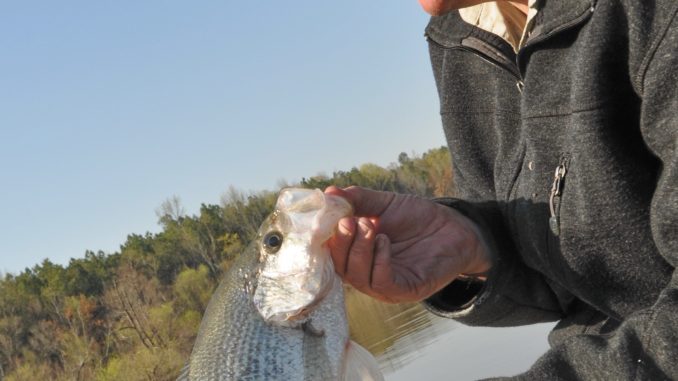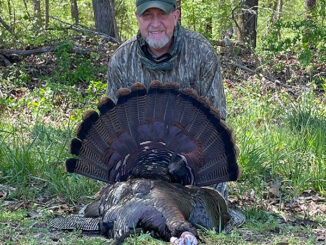
Falls of the Neuse Lake crappie are the shallowest now they’ll be all year as the spring spawn winds down.
Rod King of Durham, the Triangle-area’s top tournament crappie angler, likes to target shallow bays in the upper part of the lake, which is located northeast of the city and covers about 13,000 acres.
“Big females are moving in and out of the the bays, especially places with grass growing off the bottom,” said the Piedmont Crappie Classic tournament champion during the last 23 years. “They’ll be really shallow, in 1 to 3 feet of water.”
However, the first problem to solve at Falls Lake before fishing in such conditions is getting to the flats without tearing up a lower unit.
“You need to know the lake (bottom),” said King, whose knowledge of creek channels allows him to reach good areas. “Sometimes crappie stage in deeper water, getting ready to spawn, so I usually put out my rods a few hundred yards before I get to the flats, then troll to see if I can catch a few.”
Falls Lake female crappie average 1 to 2 pounds with larger specimens always available.
“A big female crappie with eggs may go 3 pounds,” King said. “And I expect a 5-pound white crappie to be caught one day in North Carolina. Falls Lake has both black and white crappie.”
He fishes with a “spider” technique (if King fishes with a partner, his boat appears to be a water spider because of eight rods in the front and eight in the back). Using 14- to 16-foot B&M crappie poles with 4-pound-test monofilament, he ties on 1/8-ounce round live-bait leadhead jigs made by Cabelas and tips each one with a small minnow. He trolls jig-and-minnow combos from 1 to 2 1/2-feet deep.
“I’ll barely engage the trolling motor, moving maybe 1/2 mph,” he said. “I use the long poles to get the baits away from the sound of the trolling motor. I think it spooks crappie.”
King, who likes to fish in Ledge, Big Lick and Little Lick creeks, recommended getting on the water at daylight.
“When the sun gets up, it heats the water and the shallow bite turns off,” he said.





Be the first to comment